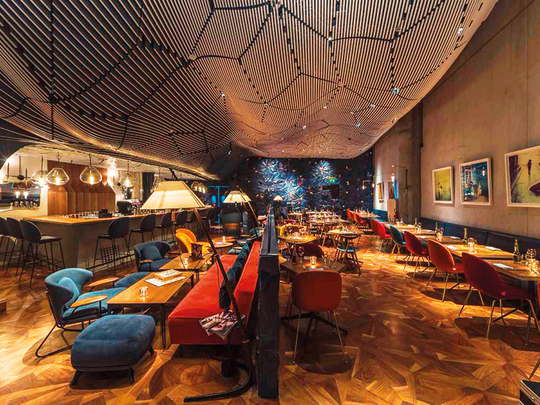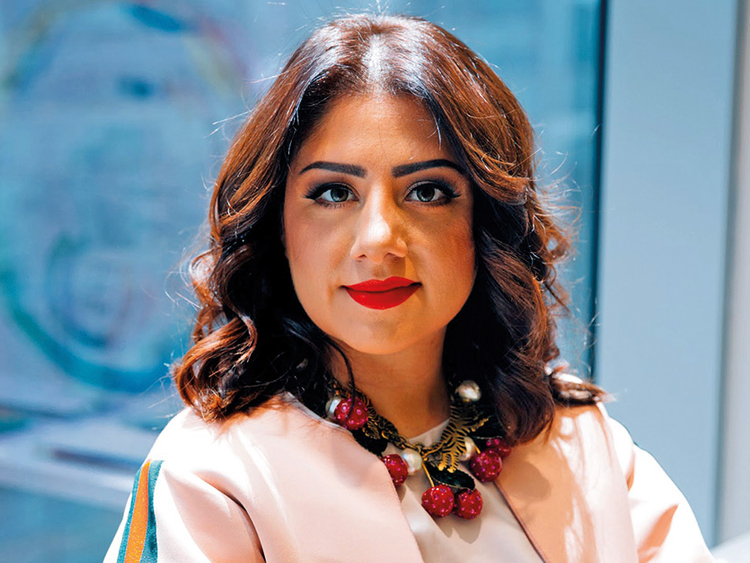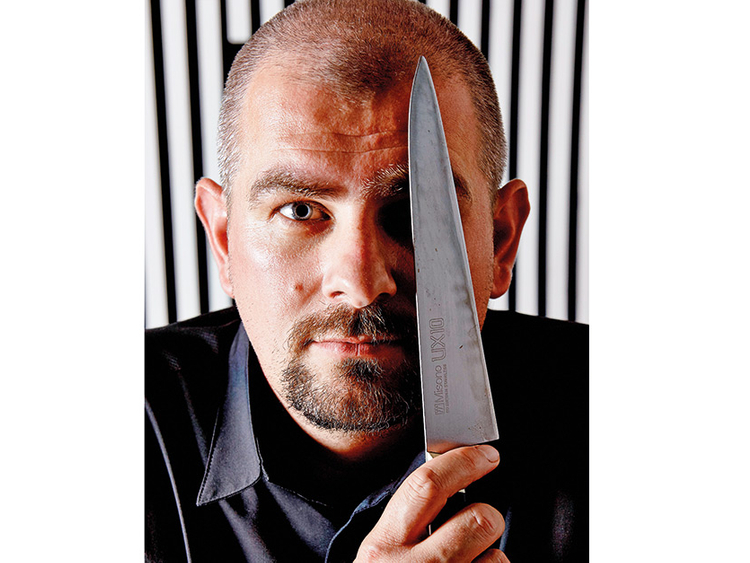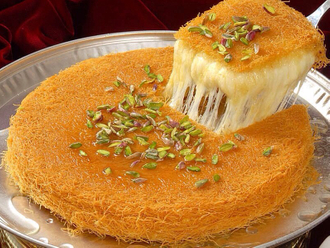
What would life be without colour? Would dinner times be more boring? Do we eat more or less of a particular food because we simply don’t like it?
Two UAE residents are attempting to answer these questions this weekend, and to give diners an insight into their own personalities with an arty one-off experiential dining event.
Emirati entrepreneur Fatima Al Shirawi, the owner of the lifestyle brand The Gracious F, believes colour is the first element we notice when food is presented to us, and determines our response to what we’re eating. With Molecule restaurant’s Chef Udo Moreau to apply the principles of colour effects to a three-course menu, they’re attempting to find out if UAE residents agree. Think of it as a mass art experiment, if you will.
We tossed some cheekily toned questions their way.
What exactly are you trying to do with this dinner? What’s the elevator pitch?
The first purpose of this experiential dinner is creating a sense of awareness that colour is beyond what we like and dislike. In fact, it is about expression, personalisation and control of our emotions.
The second purpose is that this collaboration was a perfect match of creativity as both Chef Udo Moreau and I come from a strong creative community and are willing to help each other explore our skills, and hosting this experiential dinner at the closing of Dubai Design Week was the perfect time to circulate this message.
Why is colour so important to food? Do we really consume food according to its colour? Is there scientific evidence of this?
Colour is very important to food, as there are colours that make us hungry and some that suppress our appetites. Many consumers are unconsciously deciding about their emotions through colour when they eat. However, food with vibrant colours is more likely to be appealing. In fact, colours like green, red and orange are key colours when it comes to food, while the colour blue suppresses appetite; whether the food or the plates you are eating from are in blue, you will eat less.
You say we all fall under four colour groups, Morninglight, Dreamlight, Firelight and Starlight. Elaborate?
The four colour themes would best be described with seasonal colours like autumn, winter, spring and summer. Colour psychologist Angela Wright is the creator of the Colour Affect Theory and has classified people into these four different groups based on their personality traits, features and hormone vibrations with their associated colour group.
Seems like the primary purpose of this meal is to offer great Instagram opportunities.
The primary purpose of this dining experience is to give our clients an experience that is beyond their expectations when it comes to food presentation, colour and personality; we aim to activate all their taste buds and senses and make them truly feel the essence of science, culture and creativity.
Apparently the entire room is to be decorated for the event. Don’t all the add-ons distract from the food?
The add-ons are not a distraction. By applying the Colour Affect Theory, each course targets a specific colour personality. The colour palette aims to interpret the expectation of each personality and colour category. For example, a Starlight person would be expecting a neat presentation in their course and they would prefer a citrusy flavour, that is why we decided to go with the Starlight Cod, which is a spinach horseradish crostini.
Are you able to cater to allergies?
We are providing two options on the main course so diners have the freedom to choose. Given that Colour Your Appetite is an experiential dinner, the menu was set beforehand. However, any dietary requirement is mentioned when booking.
Check it out!
The Colour Effects dinner takes place at Molecule restaurant, Building 6, R08, Dubai Design District. Reservations are on a first-come first-served basis and the price of the dining experience is Dh200 per person.











